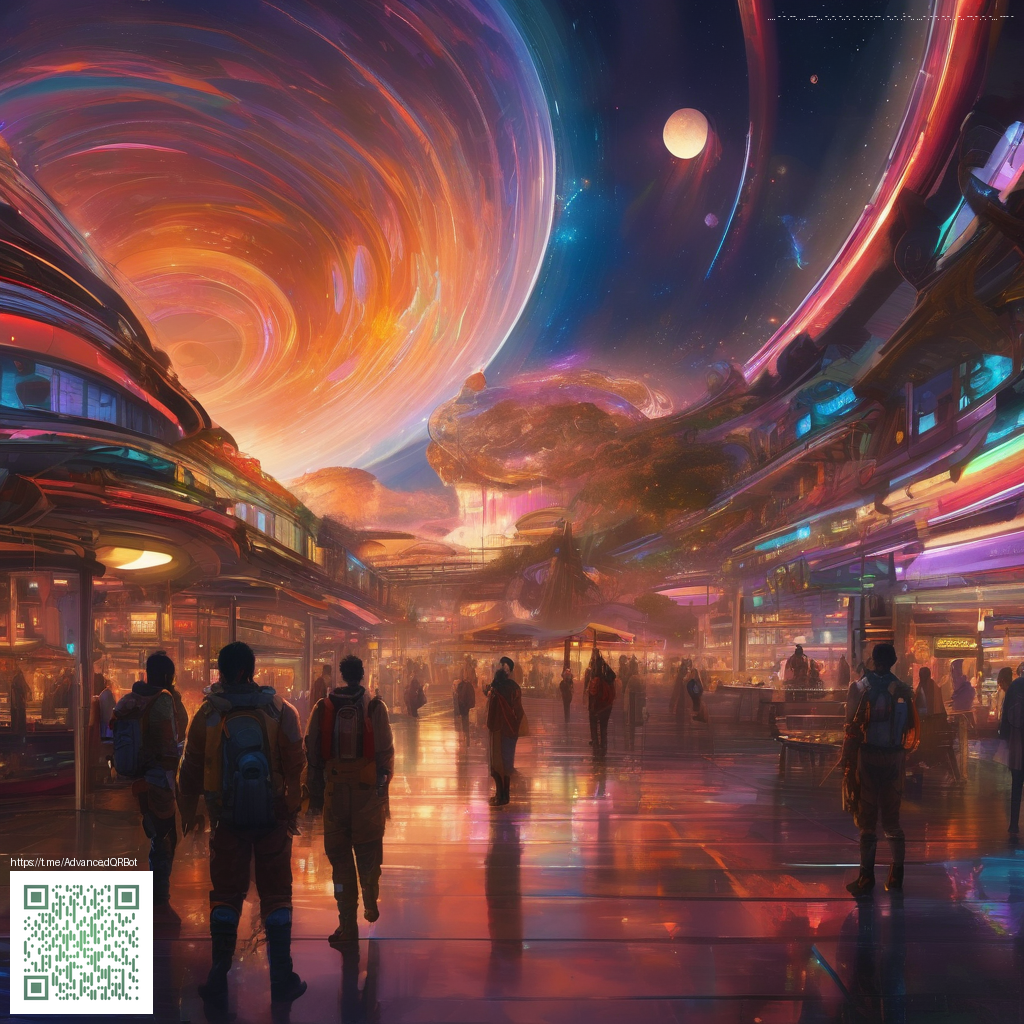
Visual Design and Character Concepts in a Classic RPG
From the first pencil sketches to the final in game renders, the art direction for this beloved RPG laid the groundwork for how players read encounters, navigate the world, and connect with companions. The art team built a cohesive visual language along Ferelden terrain, Gothic architecture, and practical armor. Those concept pieces did more than decorate screens; they mapped mood, pacing, and narrative intent that informed gameplay decisions. In this piece we explore how concept art shapes playability, fuels modding culture, and informs post release reflections in updates and retrospectives.
Visual Language that Guides Gameplay
The early concept studies prioritize readability in the heat of combat and exploration. Distinct silhouettes for classes and companions let players distinguish roles at a glance during crowded skirmishes. Armor vocabulary moves from rugged leather to layered plates, with heraldic details that communicate faction and backstory. Those choices translate directly into gameplay expectations: sturdy armor signals frontline durability while lighter garb implies mobility and quick repositioning. On the interface side, the design sketches informed iconography for abilities and cooldowns, helping players make quick decisions under pressure. When art and UI align, mastery feels natural rather than forced.
- A consistent color language ties regions to mood, whether damp stone corridors or sunlit plains
- Clear silhouettes help players identify allies and enemies during chaotic encounters
- Iconography mirrors the hand drawn concept sheets for legibility in the heat of battle
Character Design Evolution
Character design in the concept phase sets the tone for motion capture, dialogue, and quest interactions. Distinct silhouettes and wardrobe progressions give each figure a strong, recognizable identity across a variety of quests. From stoic frontline champions to enigmatic magic users and quick witted rogues, the art process tests armor layering, cape flow, and weapon shapes that translate well under different lighting states. Even supporting NPCs receive thoughtful design passes so that every town feels like a chapter in a living book. This level of detail rewards players who scrutinize armor textures, environmental plaques, and ambient silhouettes as much as they do main quest rewards.
Art directors and lead designers have noted that mood and color inform every gameplay decision. When a space feels heavy with stone and frost, navigation, stealth, and combat tempo shift in meaningful ways.
Environment Art as Gameplay Context
The world concept art explores light, texture, and atmosphere to build more than decorative backdrops. Environments become playable spaces where texture, weather, and lighting guide risk assessment and exploration pacing. A foggy forest trail can reduce line of sight and invite careful planning, while a sun drenched courtyard conveys opportunity and diplomacy. The artwork also shapes level layout, quest hubs, and dungeon geometry, ensuring that players experience consistent cues as they move through space. In practice this means that exploration, encounters, and cinematic moments are all sculpted from a shared visual language that prioritizes clarity and mood equally.
Modding Culture and Community Insight
Modders and texture artists have long celebrated concept art as a springboard for creativity. The community often revisits early designs to reinterpret armor variants, experiment with color palettes, and showcase fan made posters that echo the original sketches. Modern mods focus on higher texture resolutions and lighting tweaks that preserve the intended mood while meeting contemporary performance standards. The ongoing exchange between art and play keeps the game lively long after release, fueling fan expansions, retrospective showcases, and cross pollination with other fantasy ecosystems. This dialogue between craft and play is a lively reminder of how foundational concept art remains to the broader gaming community.
Developer Insight and Retrospective
In retrospective conversations BioWares art pipeline remains a touchstone for new projects. The studio emphasizes that visual storytelling operates as part of the gameplay loop rather than a flourish on top of it. Readable silhouettes, convincing material finishes, and thoughtful color relationships help support complex quests and multiple party configurations without sacrificing clarity. The long view reminds players that art is a tool for designing experiences, not merely a decoration to admire after the fact. When developers reflect on the process, the takeaway is clear a strong visual foundation can empower players to imagine their own stories within a rich and coherent world.
Artwork is the doorway into the game world when visuals mirror player choices the world responds with texture mood and consequence.
Engagement around concept art remains a vital thread tying together gameplay, community artistry, and ongoing development conversations. The conversation between artists and players continues to evolve with new tools, from high resolution textures to accessible modding frameworks, all of which honor the original visual intent while inviting fresh interpretations. This balance between fidelity and imagination helps ensure that the game endures as a touchstone for fans who crave both narrative depth and tactile, well crafted combat experiences.
If you want to help sustain independent storytelling and a robust ecosystem of ideas, consider supporting a decentralized internet through the donation link below.
Support the project and the decentralized web